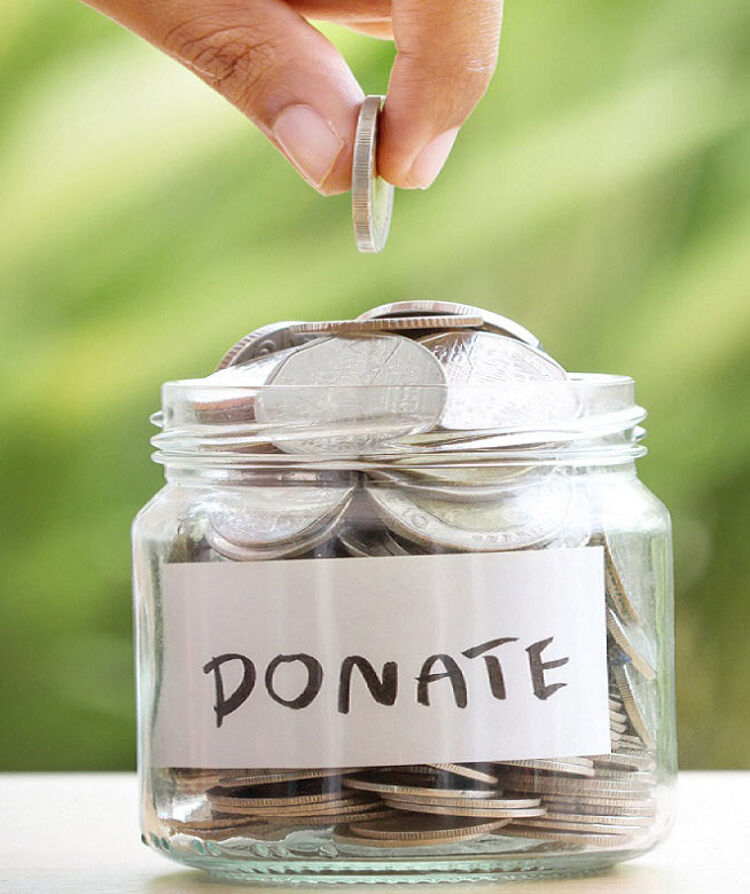Internet dating dangers
Spot the risks and how to report them
What are the risks?
Online internet dating has become a serious problem, with people exposing themselves to the risks of fraud scams, stalking and sexual abuse.
1. Online dating fraud
Scammers exploit people looking for romantic partners. They do this through dating websites, apps or social media by pretending to be prospective partners.
The fraudster's aim is to use emotional triggers to persuade victims to give them with money, gifts or personal details which can then be used for identity theft.
Scammers typically create fake online profiles designed to lure people in. They use a fictional name, or falsely take on the identities of real, trusted people such as military personnel, aid workers or professionals working abroad.
see our guide to romance fraud and how to combat it
2. Stalking
Stalking is unwanted behaviour carried out by obsessive or fixated individuals whose actions disrupt their victim’s life. Stalking results in alarm, distress or fear of violence in a victim. It may also escalate to other crimes.
The four main characteristics of stalking behaviour are:
- Fixated
- Obsessive
- Unwanted
- Repeated
The effect of such behaviour is to curtail a victim's freedom, leaving them feeling that they constantly have to be careful. In many cases, the conduct might appear innocent (if it were to be taken in isolation), but when carried out repeatedly so as to amount to a course of conduct, it may then cause significant alarm, harassment or distress to the victim (CPS: Stalking and Harassment).
Using technology is an increasingly common method of stalking. Examples of cyberstalking include:
- Misusing apps such as Facebook and WhatsApp to see when people were last online, seeing when comments have been made, seeing where people have checked in to places, venues and events or those that they have marked as ‘going to’. Sending multiple messages via WhatsApp, texts, messenger, snapchat etc.
- Befriending friends of the same people on social media to track movements etc.
- Spyware apps are available that enable a perpetrator to view the contents of a victim’s mobile phone. Smart devices, such as smart TVs, can be used to track or record a person without their knowledge.
If you're a victim of stalking:
Stalking can be reported to your local police on 101. If you are in immediate danger then call 999.
Stalking victim support services
Suzy Lamplugh Trust: National Stalking Helpline: 0808 802 0300
Paladin: National Stalking Advocacy Service: 020 3866 4107
If you're not a victim of stalking:
If you know of someone who is responsible for stalking someone, you can contact us 100% anonymously on 0800 555 111 or go to our online form, here on our website.
3. Sexual abuse
There are many different kinds of sexual violence including unwanted sexual attention, harassment, sexual bullying, being exposed to pornography, sexual assault and rape.
Any form of sexual contact which you do not agree to is sexual violence. Anyone who does not respect your privacy, who will not leave you alone, who posts embarrassing or threatening statements about you, or ‘shares’ photos online without your permission is being abusive.
The person who commits any kind of sexual violence and abuse is always responsible for it. Even if you know that you have taken risks or done something that made you vulnerable, this does not mean that you caused or invited the abuse to happen. (Source: Rape Crisis Scotland)
- Putting people under pressure to send intimate photographs of themselves.
- ‘Grooming’ people through dating websites under false pretences for sexual purposes.
- ‘Cyber stalking’ as part of a pattern of stalking and harassment – this could be in the context of an intimate relationship, with the perpetrator a former partner or it could be someone you know of but not well, or someone you don’t know at all.
- Taking photos of sexual assaults with mobile phones and sharing them by email, text and posting them on social networking or porn sites.
- Distributing intimate photographs of former sexual partners, which were originally taken consensually, in order to harass and distress them.
If you're a victim of sexual abuse:
Sexual abuse can be reported to your local police on 101. If you are in immediate danger then call 999.
If you are reporting to the police or others, it is good to keep evidence, for example of offensive text messages, photos, comments, chat room commentary and so on.
To take a snapshot or copy of anything on the screen, including chat or online conversations hold down the ‘ALT’ key and press ‘Prt Sc – SysRq’ or ‘Print Screen’.
Open up a new text or paint document and paste the image into it. Note the time and date of the conversation. (If using an apple computer press ‘Cmd + Shift + 3’. This will take a snapshot of your screen and save it as an image to your desktop)
If you're not a victim of sexual abuse
If you know of someone who may be commiting sexual abuse, you can contact us 100% anonymously on 0800 555 111 or go to our online form, here on our website.

Give information
Give information anonymously by phone on 0800 555 111 or online

Donate to us
Join our fight against crime by making us a donation today, and see how the money you give can help shape your community for the better.

Volunteer
Every year we stop thousands of crimes. Let’s help make communities safer together. Join us and start volunteering with your local Crimestoppers team today.
